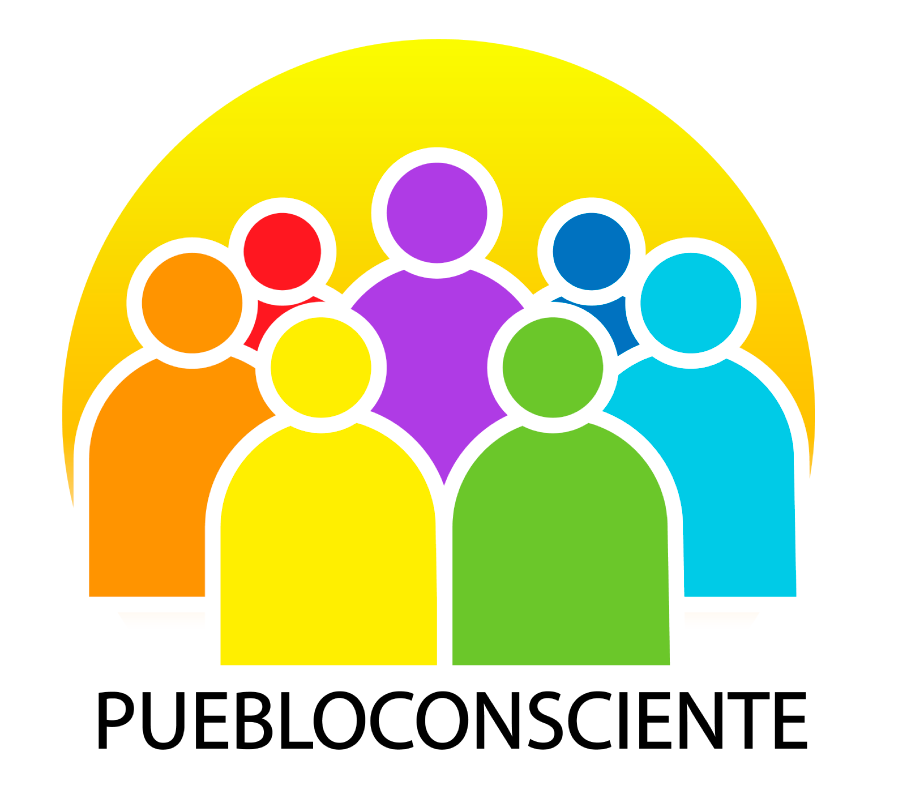BrainGym – Qué es el neurofeedback.
Neurofeedback: A Comprehensive Review on System Design, Methodology and Clinical Applications
Abstract
Neurofeedback is a kind of biofeedback, which teaches self-control of brain functions to subjects by measuring brain waves and providing a feedback signal. Neurofeedback usually provides the audio and or video feedback. Positive or negative feedback is produced for desirable or undesirable brain activities, respectively. In this review, we provided clinical and technical information about the following issues: (1) Various neurofeedback treatment protocols i.e. alpha, beta, alpha/theta, delta, gamma, and theta; (2) Different EEG electrode placements i.e. standard recording channels in the frontal, temporal, central, and occipital lobes; (3) Electrode montages (unipolar, bipolar); (4) Types of neurofeedback i.e. frequency, power, slow cortical potential, functional magnetic resonance imaging, and so on; (5) Clinical applications of neurofeedback i.e. treatment of attention deficit hyperactivity disorder, anxiety, depression, epilepsy, insomnia, drug addiction, schizophrenia, learning disabilities, dyslexia and dyscalculia, autistic spectrum disorders and so on as well as other applications such as pain management, and the improvement of musical and athletic performance; and (6) Neurofeedback softwares. To date, many studies have been conducted on the neurofeedback therapy and its effectiveness on the treatment of many diseases. Neurofeedback, like other treatments, has its own pros and cons. Although it is a non-invasive procedure, its validity has been questioned in terms of conclusive scientific evidence. For example, it is expensive, time-consuming and its benefits are not long-lasting. Also, it might take months to show the desired improvements. Nevertheless, neurofeedback is known as a complementary and alternative treatment of many brain dysfunctions. However, current research does not support conclusive results about its efficacy.
1. Introduction
Neurofeedback is not a new concept. It has been the subject of the study of researchers for several decades. Neurofeedback is a method that assists subjects to control their brain waves consciously. In fact, the electroencephalography (EEG) is recorded during the neurofeedback treatment. Then, its various components are extracted and fed to subjects using online feedback loop in the form of audio, video or their combination. Accordingly, electrophysiological components are separately demonstrated. As an illustration, the power of a signal in a frequency band can be shown by a varying bar graph. During this procedure, the subject becomes aware of the changes occurring during training and will be able to assess his/her progress in order to achieve optimum performance. For instance, the subject tries to improve the brain patterns based on the changes that occur in the sound or movie. Neurofeedback treatment protocols mainly focus on the alpha, beta, delta, theta, and gamma treatment or a combination of them such as alpha/theta ratio, beta/theta ratio, etc. (Dempster, 2012; Vernon, 2005). However, the most commonly used protocols are alpha, beta, theta, and alpha/theta ratio. In this review paper, we discussed various technical and clinical details of different neurofeedback treatment protocols.
Neurofeedback Therapy Explained
What Is Neurofeedback? How Brain Training Can Benefit Kids, Families, and Adults
